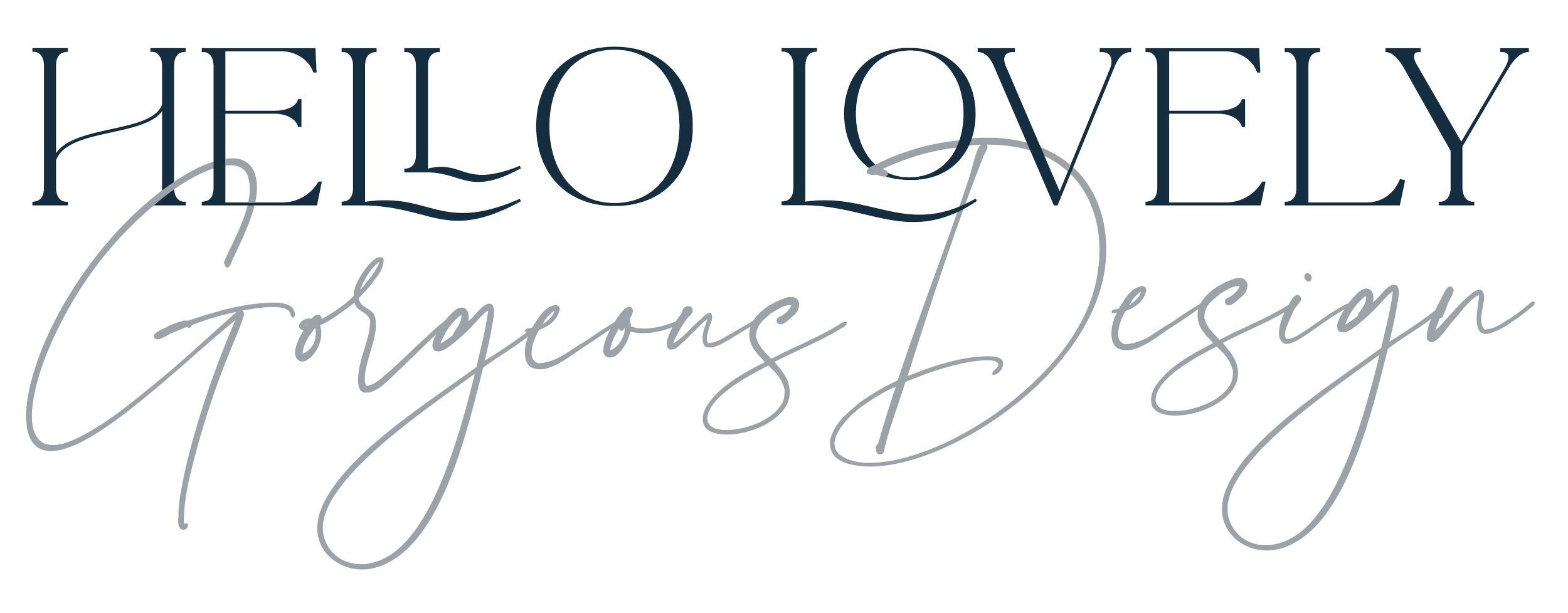How to get, and give, meaningful design feedback
I am often asked by my clients if they can post their draft design onto social media to get audience feedback.
Some of my clients do this for PR. The images act as a teasers and almost certainly my client knows which direction they are heading, especially if they’ve nailed the brief and understand their business. They aren’t expecting a big surprise or they already know it’s a close call between two drafts. It’s a great way to drum up interest and make followers feel valued.
It’s a powerful way to get attention, as a certain royal couple found out recently on Instagram! How you direct the question and handle the responses matters. How you feel about it matters too. After all, this is putting your brief to your designer to the test. How well do you know your clients?
Here’s a few tips to help you.
Check it’s okay with your designer. Remember that until the final invoice is paid, most designers will own the copyright so be clear where it’s being shared and ask if they want to add ‘draft’ to the sample to prevent image theft. I don’t mind my clients sharing the images but I ask that they are credited to me as Berenice Smith hello lovely.design and the year of creation.
State why you’re doing this. Who it’s for and what it’s about? It may not be about the visual appeal, but perhaps it sets out to solve a problem. What is that problem and how can you use this post to solve it?
What action do you want the viewer to take? Are they voting or commenting. If you have several replies that change the direction completely, how will this impact on your project and how do you feel about that? It’s very rare for all designs to be dismissed but if they are, are you prepared to review the brief and talk schedule and costs with the designer? Or are you confident enough in your project to carry on?
What can’t be changed? Are the colours or fonts agreed? For example, if your logo is a key part of a website update that’s well underway, or the book cover colours and fonts are visually themed to the inside pages of a book at first proof, you probably don’t want to get an opinion on these areas. You’re looking for a final vote on the most popular, not a critical design commentary so that’s what you should ask for (also see point 7 below).
Bear in mind the limitations of your audience. They won’t have seen the brief and they aren’t all designers, but they will relish the chance. Ironically it’s designers rarely respond as we’re all very aware of the role of the brief in these projects and how we’d feel if a fellow designer gave feedback! If you’ve appointed a designer whom you trust to do a good job, then trust that they know how design works for the piece they are creating.
Limit the choices. Too many choices can be overwhelming. I suggest three or four maximum.
Use silent voting. Often people can be influenced by the loudest voices and follow the pack leader. In physical meetings I have asked for people to vote on paper slips like an election and to not speak or confer for a balanced outcome. On Facebook you can set up an external voting place like doodle.com and close the comments on the source post so the only way to feedback is privately. This works well for popularity voting.
Provide data to support the choices. Your audience may not all work with feelings, but want to know why a colour was chosen. Be prepared to explain or present usability tests. Evidence helps to bring trust and it’s always easier to convince an audience with data.
Present it as a bigger picture. How does the logo connect to the website? If it’s a website, then present the mock-up to show the journey and if it’s a cover, share your synopsis to give context.
Be specific if you have the comments open. ‘I like it’ isn’t very useful. Worse if someone says they hate it, but give you no clue why. Move from closed answers to open ones by asking questions like: what is memorable about this? What type of person does it appeal to? What isn’t clear?
Bonus tip. Ask why. This is really important with design by committee. Designers need to remember that clients are not design professionals and almost certainly, neither are their audience. People may not have the words to describe why they don’t like something or why they want something to change. Ask why and really listen until you can workout the real reasons behind negative or conflicting feedback.
Takeaway
Without guidance, your audience have no means by which to review. This means they will say what comes to mind and fall back on their personal opinions.
